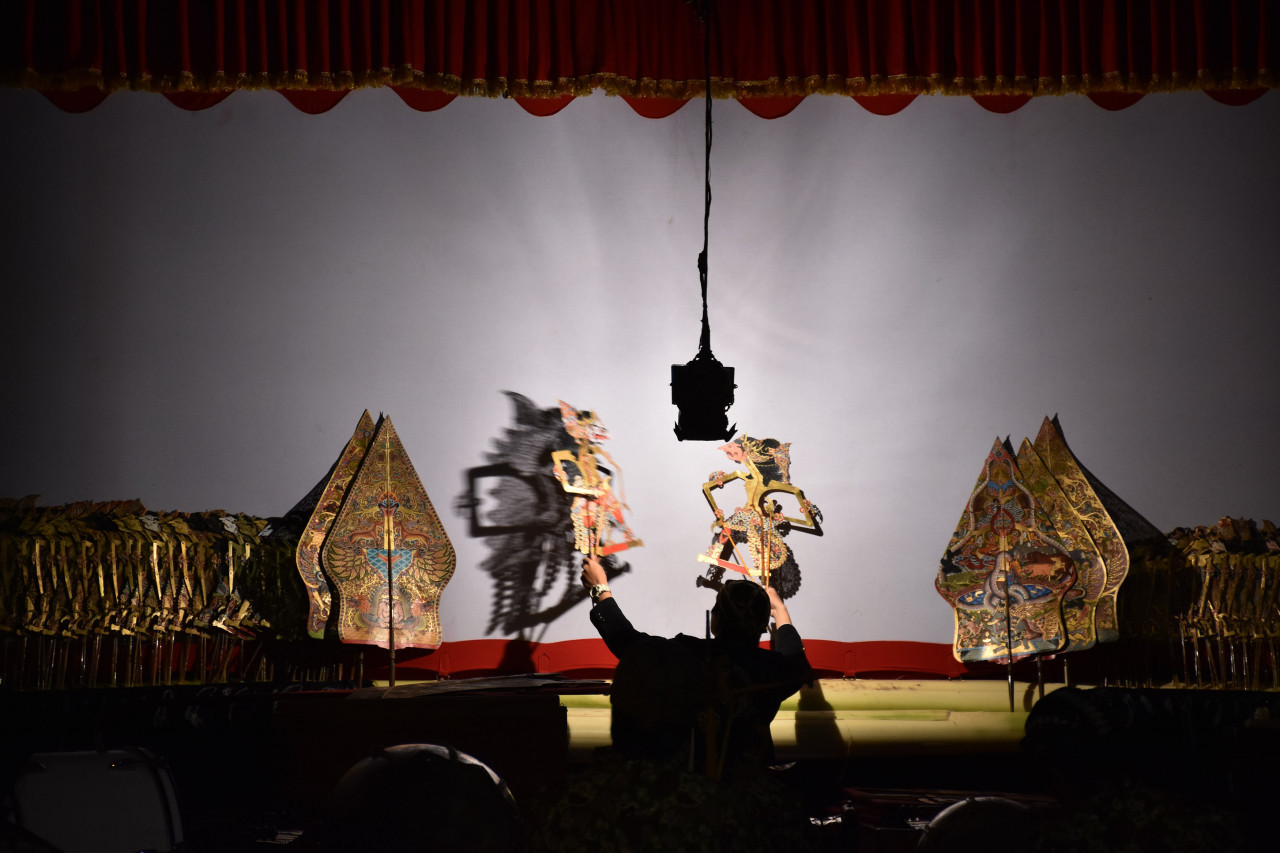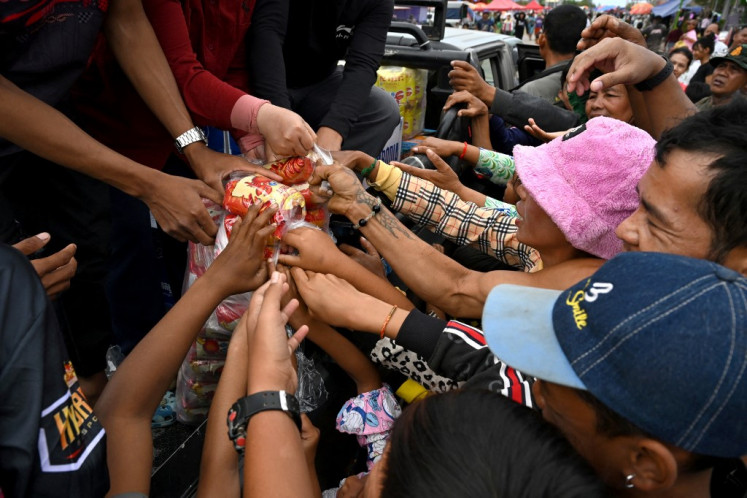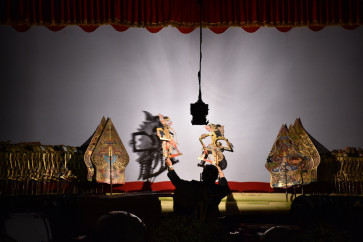Popular Reads
Top Results
Can't find what you're looking for?
View all search resultsPopular Reads
Top Results
Can't find what you're looking for?
View all search resultsThe ties that bind: India and Indonesia's cultural and historical bonds
Indian cultural and religious beliefs began to flow into Southeast Asia at the beginning of the Common Era. There, they were gradually adapted to fit the local customs and needs of peoples in the region.
Change text size
Gift Premium Articles
to Anyone
A
uthor J.K. Rowling recently tweeted about the character of “Nagini” in the film Fantastic Beasts: The Crimes of Grindelwald by writing, “The Naga are snake-like mythical creatures of Indonesian mythology, hence the name ‘Nagini’. They are sometimes depicted as winged, sometimes as half-human, half-snake[...].”
Rowling’s comment linking “Nagini” to Indonesian mythology drew a reaction about the true origin of the word Nagin or Nagini.
Indian author Amish Tripathi, who wrote The Secret of the Nagas, the second novel of the Shiva Trilogy, tweeted in response to Rowling’s comment, saying: “Actually the Naga mythology emerged from India. It traveled to Indonesia with the Indic/Hindu empires that emerged there in the early Common Era [...] Nagin is a Sanskrit language word.”
It is also true that Nagin or Nagini is a part of Indonesian mythology – as pointed out by Agus Aris Munandar, a University of Indonesia archaeologist who has been studying Javanese temples for over 30 years.
“Some of the Hindu and Buddhism concepts were reconstructed by ancient Javanese Brahmanas and monks. In Indonesian mythology, Nagini in Javanese wayang puppet tradition is the wife of Bhima, the second of the Pandava brothers. Bhima and Nagini have a son Antareja or Antasena, who is the hero from the Pandava side in Bharatayuddha,” Agus told The Jakarta Post.
India’s cultural influence in Southeast Asia can be traced back to the 2nd century AD. In Indonesia, especially on Java, the Indian influence came in three stages.
Agus explained that according to archaeological data, the first influence came though Buddhism (2nd century AD), followed by the Vedic religion (5th century AD), and then came the Hindu Trimurti stage (8th century AD).



















